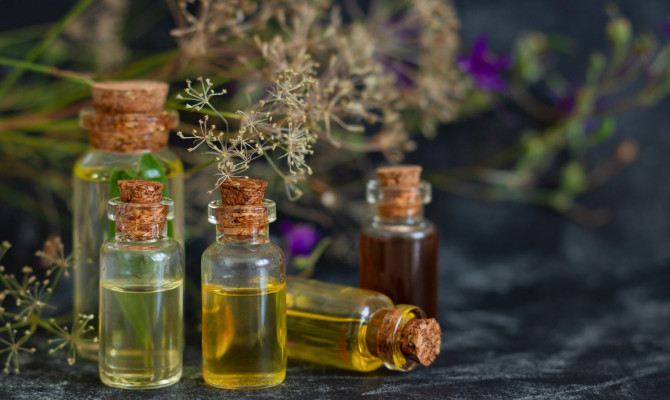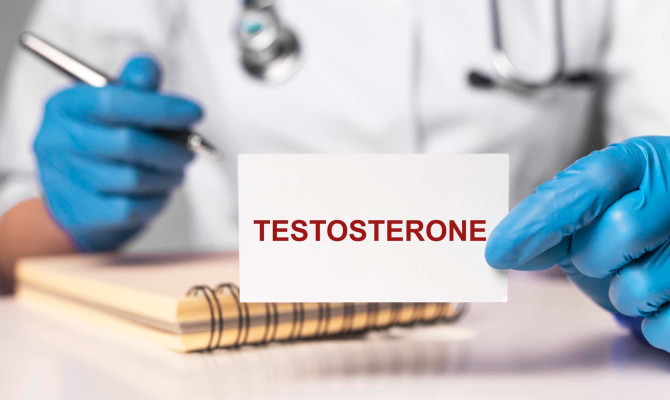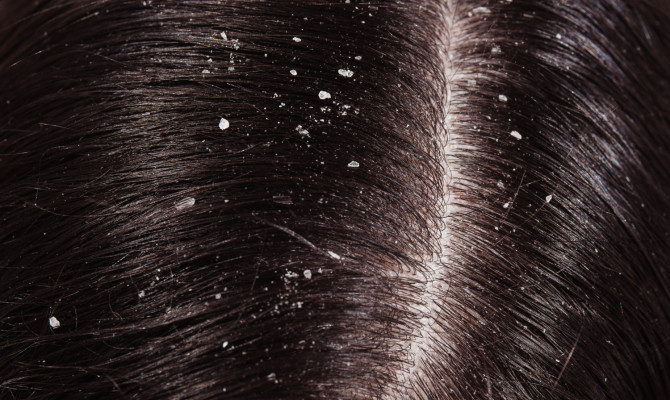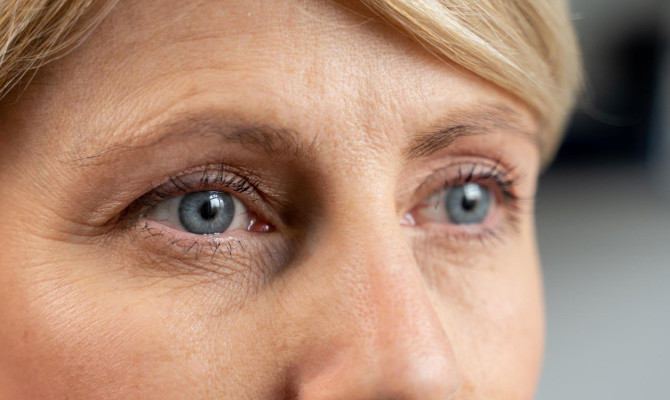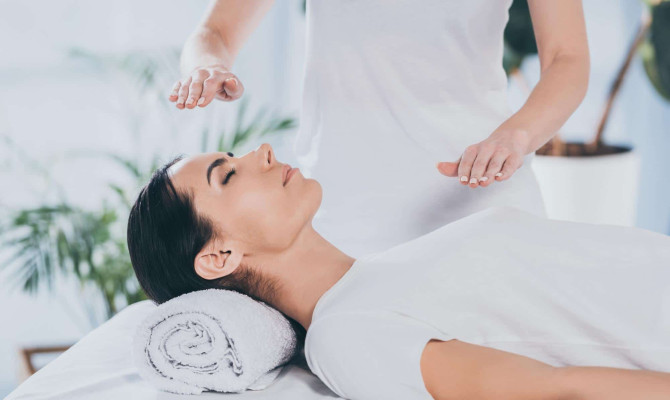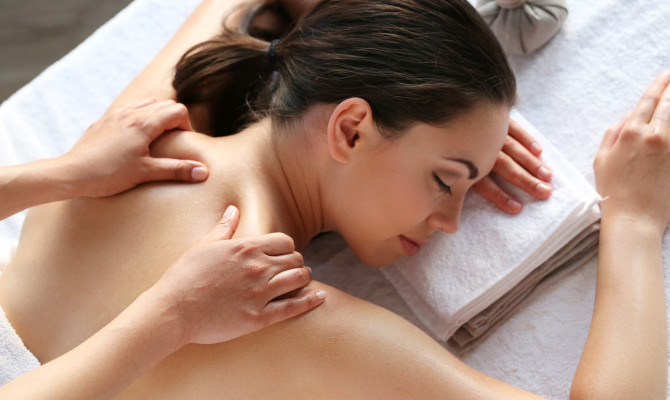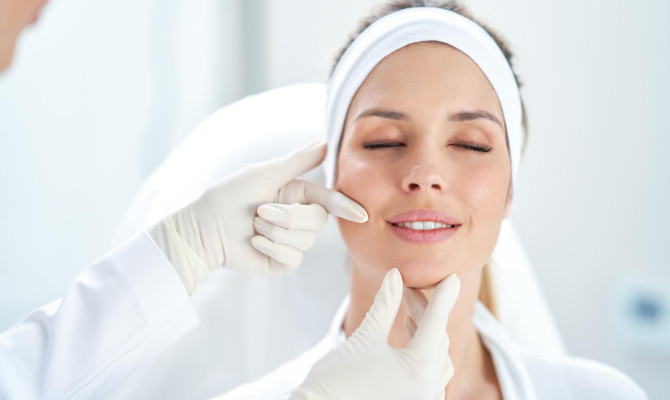Acupressure and its Benefits

- Acupressure
- 16 Aug 2023
Overview
What is Acupressure?
Acupressure is a supplementary therapy with roots in traditional Chinese medicine. To encourage healing and ease various ailments, pressure is applied to certain body spots.
It is a non-invasive therapy that may be provided by a qualified professional or by the patient themselves at home. As with any treatment, it is crucial to discuss acupressure with a licensed healthcare professional before beginning any course of action.1Overview | Researched based study from Nlm.nih.gov

History
History of acupressure
- It dates back to ancient China and has been in use for a very long time.
- It is said to have evolved from acupuncture, a practice that uses needles to activate the body’s energy pathways.
- It was introduced to the West in the 1970s, and since then, it has grown in acceptance as an additional kind of treatment. It is now often included into traditional medical treatments and is used widely in many nations throughout the world.2History | Researched based study from Nlm.nih.gov
Procedure
What is the procedure involved?
- It adheres to the concept that the body possesses a network of energy pathways called meridians that go all across the body. This states that obstructions or imbalances in the energy flow can result in both physical and emotional ailments.
- It functions by applying pressure to certain places, which might aid in clearing blockages and restoring the regular flow of energy. Depending on the position and the desired outcome, the elbows, palms, or thumbs may be used.
- The body’s natural painkillers, endorphins, may be released when pressure is given to an acupoint. Additionally, it might promote the release of additional neurotransmitters that can help with mood and anxiety, including serotonin and dopamine.
- It can aid in enhancing oxygenation and blood flow to the injured area, which will aid in healing and reduce inflammation. Additionally, it can ease sore, tense muscles and lessen pain and stiffness.3Procedure | Researched based study from Nlm.nih.gov
Acupoints
What are acupoints?
- The primary meridians of the body include more than 360 acupoints.
- Each one is linked to a certain function or organ system and has a unique name and location on the body.
- They are frequently identified based on where they are in relation to anatomical markers like bones, muscles, and tendons. Acupoints tend to be more sensitive to pressure than the tissue around them, therefore this method may also be used to find them.
- Acupoints are an important part of therapy, and finding and using them correctly is crucial for successful therapies.6Acupoints| Researched based study from Nlm.nih.gov
Benefits
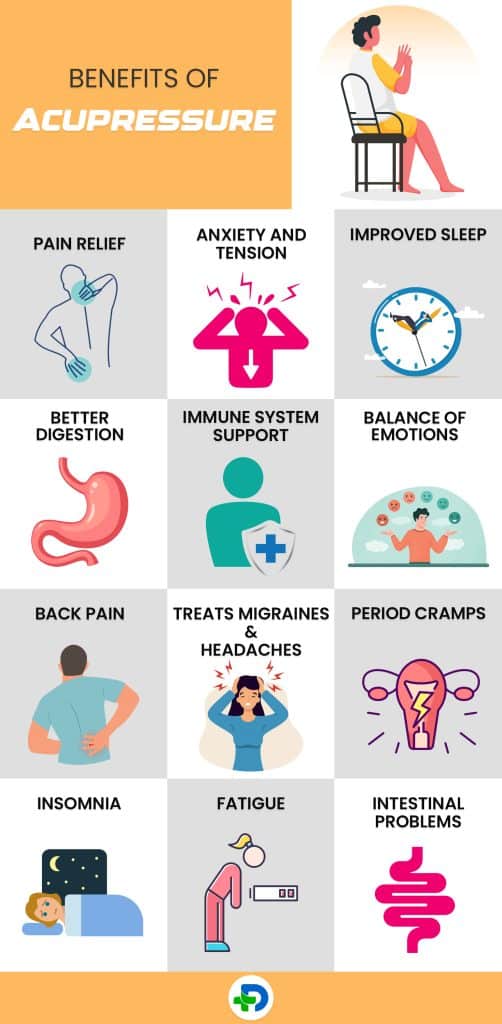
What are the benefits?
Since ancient times, acupressure has been used to treat a variety of mental and emotional ailments. Among the advantages are:
Pain relief
- Menstrual cramps, arthritis, back pain, and headaches can all be efficiently treated with it.
Anxiety and tension
- By encouraging relaxation and soothing the neurological system, it can aid in the reduction of stress and anxiety.5Benefits| Researched based study from Nlm.nih.gov
Improved sleep
- By promoting relaxation and lowering tension, it helps to enhance sleep quality and decrease insomnia.
Better digestion
- It can aid in digestive improvement and ease symptoms including bloating, constipation, and nausea.1Benefits | Researched based study from Nlm.nih.gov
Immune system support
- By enhancing circulation and lowering stress, it can support the immune system.1Benefits | Researched based study from Nlm.nih.gov
Balance of emotions
- It can stabilize emotions and lessen anxiety and depressive symptoms.
Treats migraines and headaches.
- Both tension headaches and cluster headaches may be helped.
Back pain
- Assist in easing persistent discomfort and easing muscular tightness
Period cramps
- Lessens the intensity of menstruation symptoms and cramps
Intestinal problems
- Reduce bloating, constipation, and nausea while aiding in better digestion.
Insomnia
- Help reduce insomnia and improve the quality of sleep.5Benefits| Researched based study from Nlm.nih.gov
Fatigue
- Help boost energy levels and reduce fatigue.
Respiratory conditions
- Help to reduce symptoms of respiratory conditions such as asthma and bronchitis.2Benefits| Researched based study from Nlm.nih.gov
Techniques
How is it performed?
Pressure point
- Applying pressure to acupoints with this technique requires using the fingers, thumbs, or elbows. Both rhythmic pulsating and continuous, strong pressure can be used to apply pressure.
- This is often used to ease discomfort or stress in a particular body part.
Massage using acupressure
- This involves applying pressure using a combination of tension, stroking, and kneading on several acupoints along the body’s meridians.
- It is frequently applied to encourage relaxation and reduce tension.
Using self-acupressure
- This involves employing your fingers or other instruments to apply pressure to acupoints on your body.
- This may be done at home and frequently reduces stress or discomfort.3Techniques | Researched based study from Nlm.nih.gov
A step-by-step manual
- To begin, choose the proper acupoint for your unique problem and conduct self-acupressure there.
- Your fingers, thumbs, or a particular acupressure device, such an acupressure pad or ball, can then be used to exert pressure.
- Spend a few minutes applying pressure in a circular or up-and-down motion while inhaling deeply and relaxing the surrounding muscles.
- While it can effectively reduce pain and encourage relaxation, it should be noted that it is not a replacement for medical attention.3Techniques| Researched based study from Nlm.nih.gov
Side effects
Potential side effects
In general, acupressure is risk-free when done by a qualified professional. However, there are some possible risks and side effects, such as:
Aching or bruises
- Acupoint pressure can occasionally result in irritation or bruising, especially if it is performed excessively strongly or over an extended period of time.
Nausea or dizziness
- Some patients, especially those with low blood pressure or those who are prone to motion sickness, may feel nauseous or faint during or after treatment.
Organ or tissue puncture
- The treatment may pierce an organ or tissue if it is administered too forcefully or deeply. This uncommon but possibly serious consequence need rapid medical care.4Side effects | Researched based study from Nlm.nih.gov
Infection
- There is a chance of infection if it is done with dirty hands or tools.
Pregnancy-related adverse effects
- During pregnancy, some areas should be avoided since they may cause uterine contractions and raise the possibility of miscarriage.4Side effects | Researched based study from Nlm.nih.gov
Precautions
Precautions to take before acupressure
Choose a trained professional.
- Make sure the practitioner is certified or licensed in acupressure or a related field before you seek treatment. To be sure they have the required education and expertise, you may also examine their credentials and ratings.
Communicate
- Don’t forget to tell your doctor about any illnesses, prescription drugs, and allergies you may have. This will enable them to customize your care and prevent potential issues.4Precaution| Researched based study from Nlm.nih.gov
A heavy meal should be avoided.
- A large meal should not be had before to receiving acupressure therapy as this may create discomfort.4Precaution| Researched based study from Nlm.nih.gov
Wear relaxed clothing.
- Put on comfortable, loose-fitting clothes.
In some circumstances, stay away from acupressure.
- It should be avoided if you have a bleeding condition, a pacemaker, or another implanted medical device, as well as while you are pregnant.4Precaution| Researched based study from Nlm.nih.gov
Takeaway
Key Takeaways
- Since ancient times, acupressure has been used as a complementary therapy to treat a variety of illnesses.
- Although it might not be a cure-all, it can be a useful tool for managing particular conditions and promoting general wellness.
- If you are utilizing acupressure to consult, it is crucial to do so with a skilled healthcare professional and to select a licensed practitioner.
Any feedback on this article?
 This Articles content was accurate
This Articles content was accurate Very Informative Article
Very Informative Article I have a question or a comment
I have a question or a comment
 This article contains inaccurate content
This article contains inaccurate content This article was not helpful
This article was not helpful I have a question or a comment
I have a question or a comment
We appreciate your helpful feedback!
Checkout our social pages
References
-
National Library of Medicine
Beyond Pills: Acupressure Impact on Self-Rated Pain and Anxiety Scores | Overview | Benefits
-
National Library of Medicine
The effectiveness of acupressure on relieving pain: a systematic review | History | Benefits
-
National Library of Medicine
Acupressure: An Effective and Feasible Alternative Treatment for Anxiety During the COVID-19 Pandemic | Procedure | Techniques
-
National Library of Medicine
Acupuncture or acupressure for induction of labour | Precautions | Side effects
-
National Library of Medicine
Does Acupressure Hit the Mark? A Three-Arm Randomized Placebo-Controlled Trial of Acupressure for Pain and Anxiety Relief in Athletes With Acute Musculoskeletal Sports Injuries | Benefits
-
National Library of Medicine
What is the Acupoint? A preliminary review of Acupoints | Acupoints












